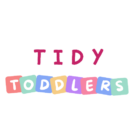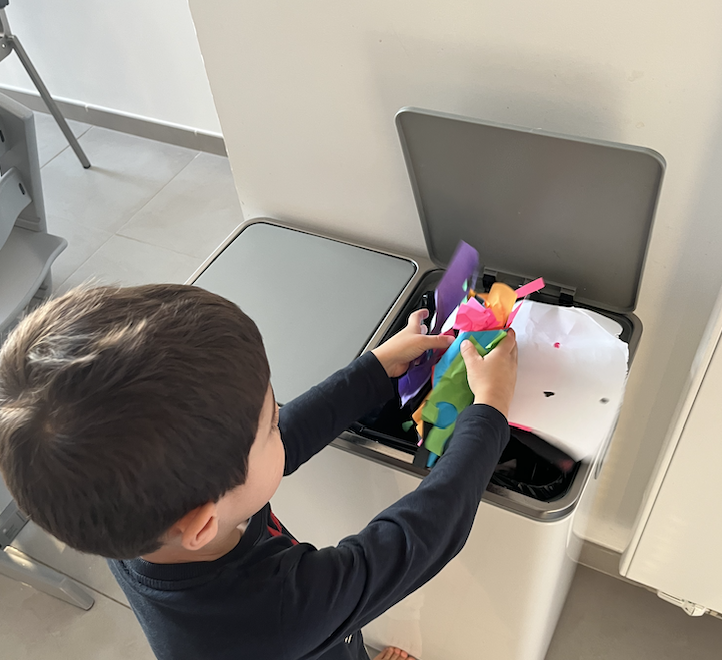Applying the KonMari Method to tidying with toddlers
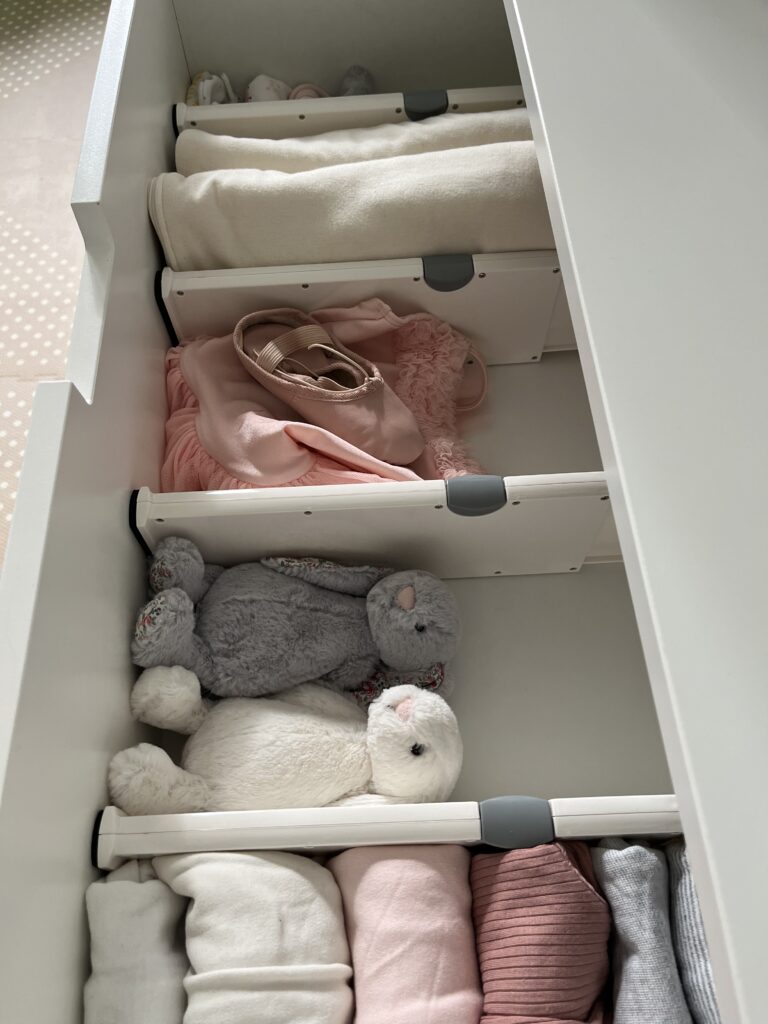
We don’t live in pristine model homes, nor should we aspire to. Life with toddlers is bustling, busy, messy. But by simplifying your environment, you can significantly reduce the daily overwhelm for you and your children.
A tidy home allows you to regain the physical, mental, and breathing space to manage daily life with toddlers.
Having tidied my home based on the KonMari Method, I can attest to its effectiveness. It has lightened my load, allowed me to delegate tasks easily, and given me the tools to encourage tidy habits in my toddlers.
The reality of parental overwhelm
Parents today are exhausted. It’s not just the disrupted sleep and keeping up with active toddlers. Nor is it just our demanding jobs, limited childcare options, and sparse support.
We are constantly exposed to new studies, approaches, gadgets, you name it that make our parenting efforts feel inadequate. It’s like running on empty towards an ever-advancing goal post.
Recent research sheds light on this phenomenon, particularly among parents of toddlers. According to a recent episode of The Daily podcast titled “The Parents Aren’t Alright“, the unique pressures of modern parenthood are compounded by societal expectations and the constant comparison facilitated by social media.
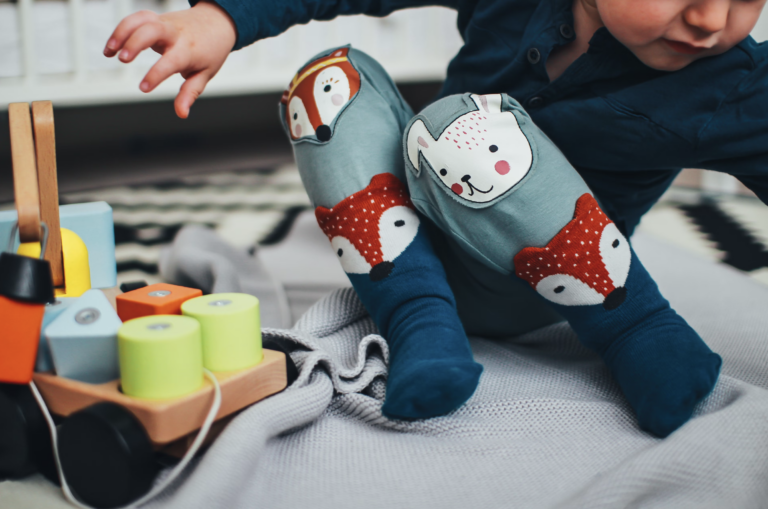
Parents today face an unprecedented deluge of advice, from “gentle parenting” strategies to the latest educational toys, each promising to unlock a child’s potential while subtly implying that any misstep could hinder their development.
For parents of toddlers, this phase — already filled with sleepless nights, tantrums, and rapid developmental changes — becomes a breeding ground for self-doubt, chronic stress, and burnout. This is exacerbated by a cultural shift towards intensive parenting, where there’s an implicit expectation to be deeply involved in every aspect of a child’s life.
This relentless drive for more, better, faster is taking its toll not just on our children, but also on us parents. There’s now even a word for it: parental burnout.
How can it be OK for taking care of our children to lead to burnout?
We need to reduce the “too much”
When I speak with toddler parents and their struggles, the notion of “too much” keeps popping up. Whether it’s stuff, activities, or information, we feel constantly bombarded and overwhelmed. In the same way, our children are often over-stimulated and exhausted — and we know how this is expressed.
It’s natural to want our children to have it all. But what if this abundance was actually stifling their creativity and hijacking their childhood? What if their brain craved simplicity rather than more options? What if the most generous thing we could give them was space, time and freedom?
By consciously saying “no”, we protect ourselves and our little ones. No to unwanted gifts, to inconvenient invitations, to unsolicited advice. Or if “no” didn’t work, then giving ourselves permission to let go. Just because you accepted a gift or signed up to a recurring activity, it doesn’t mean you can’t change your mind.
I’d even go a step further and say it’s our parental duty to say “no” more often to protect our children. It’s often easier to go with the flow or cave in to a nagging toddler; but don’t let these erode your values too much. A difficult conversation with the grandparents about limiting gifts now means more physical and mental space for you and your family.
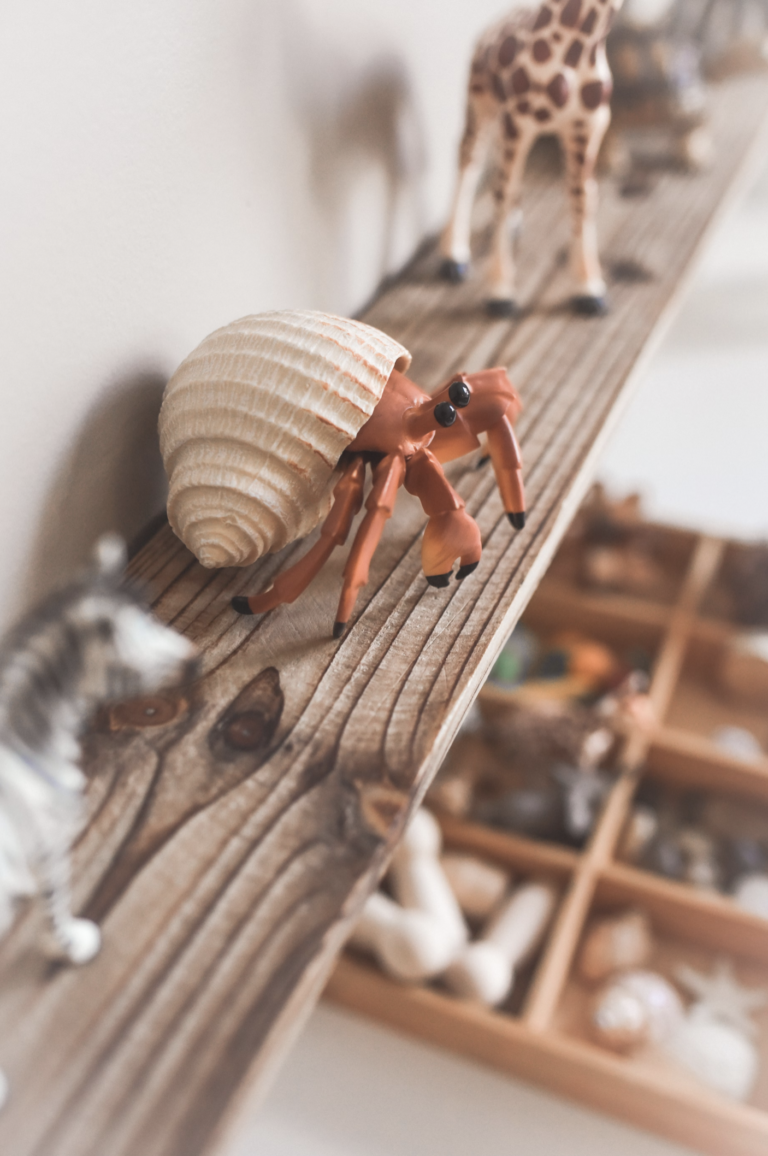
An unexpected antidote: a tidy home
When you read “tidy home” or “KonMari Method”, you might imagine a minimalist, clutter-free space that feels a little soul-less. Almost like a museum, where you’re afraid to touch anything, let alone let your toddler run free. Just thinking about it makes you anxious.
So let me give you my definition of a tidy home and explain why it’s the best thing I’ve done to ease my everyday.
- A tidy home isn’t always tidy; it’s a home that’s easy to tidy and clean. It lightens the burden of housework, as you have to spend less time and energy putting things away. Resetting your space at the end of the day takes just a few minutes, so you can wake up to a clear, calm space.
- A tidy home is a safe home, where children can clearly — visually — understand what they can and cannot touch (even though they will test the boundaries). Potentially dangerous items are securely out of reach and not hidden on a cluttered table.
- Just like repetition and routine, a tidy home gives children a sense of security. They know where to find things and what to expect. Their belongings are stored in ways that are accessible to them, and the space guides the flow of their day.
- A tidy home liberates and empowers us, both parents and children, because we can share the responsibility of taking care of our space, our belongings, and ourselves. Everyday tasks, from getting dressed to doing laundry to preparing dinner, become easier.
- A tidy home brings us peace. It’s our haven, our cocoon, a place where we can be our true selves, together. It’s a calm space, with less stimulation. A place we can fill with love, connection, and memories. With fewer distraction and more spaciousness, we create an environment where both parents and children can thrive.
The KonMari Method teaches that a tidy home isn’t about perfection; it’s about simplifying your environment to create space for what truly matters and brings you joy.
How do you create a tidy home?
Follow these 3 steps to transform your space:
- Clarify your family values. To create a home that you love, you first need to understand your “why”: why do you want to tidy? In the KonMari method, we visualise our ideal lifestyle. How do you want to live? How do you want to raise your children? What values do you want to instil in them? These are deep questions that will evoke a lot of emotions — it’s these emotions that will fuel your tidying journey.
- Sort and discard. Choose to keep only things that bring you joy; let go of the rest with gratitude. Rather than keeping things “just in case”, remind yourself of your visualisation — does this object align with your values? It’s up to YOU to decide how you want to live, not objects that happen to be in your possession. Curate your belongings, weed out everything that doesn’t belong.
- Organise so everything is visible, accessible, and looks nice. Every item you’ve selected to keep should have a role in your life, even if it’s for sentimental value. This means that they should be easy to see, use and, most importantly, easy to put away. Honour these chosen items by storing them beautifully, whether that’s through folding them using the KonMari method or placing them in a beautiful box.
I strongly recommend starting with your own belongings, before addressing communal objects or helping your toddler with theirs. There are two main reasons for this:
- It allows you to understand how joy-checking feels. If you haven’t felt this with your personal belongings, it’s difficult to sense it with items you’re less attached to or to help a young child discern it.
- Modelling. Research suggests that 80% of a toddler’s learning is through observation. When it comes to something they see and experience every day — their physical environment — it’s impossible to keep up the “do as I say, not as I do” argument.
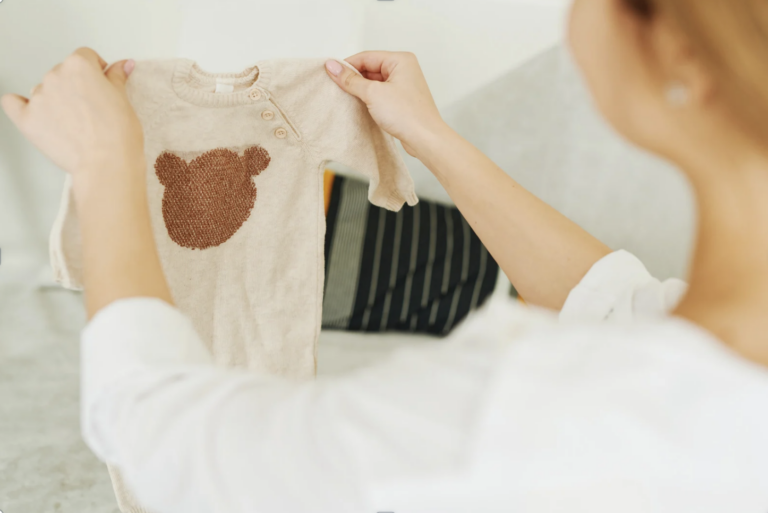
How do you help your toddler learn to tidy using the KonMari approach?
As a certified KonMari consultant and a mum of two toddlers, I have a wealth of experience to help you help your child. But of these, the most important is to build a healthy relationship with objects.
It might sound counter-intuitive, but I believe in teaching your child to love their possessions. Show them how to take care of their belongings, encourage them to say “thank you” when they put them away. My son kisses his pillow to thank it for a good night’s sleep and hugs his out-grown jumpers before we give them away.
Far from making them materialistic, I’ve found that this approach helps them value their things. It even feels like we’re giving them permission and the skills to love and bond with what they already have, instead of constantly exposing them to more, more, more, rushing them to enjoy the next toy/book/gift.
Once this foundation is in place, they pick up tidy habits more smoothly. After all, tidying is the act of taking care of your home and belongings. Once we adopt this mentality, it even stops becoming a chore but an act of love.
Tidy Toddlers: a KonMari-based approach to tidying with toddlers
Raising toddlers is tough enough, you don’t need the added stress of a home that works against you.
Let me help you simplify your home and your life.
Let’s create space for your family to thrive.
